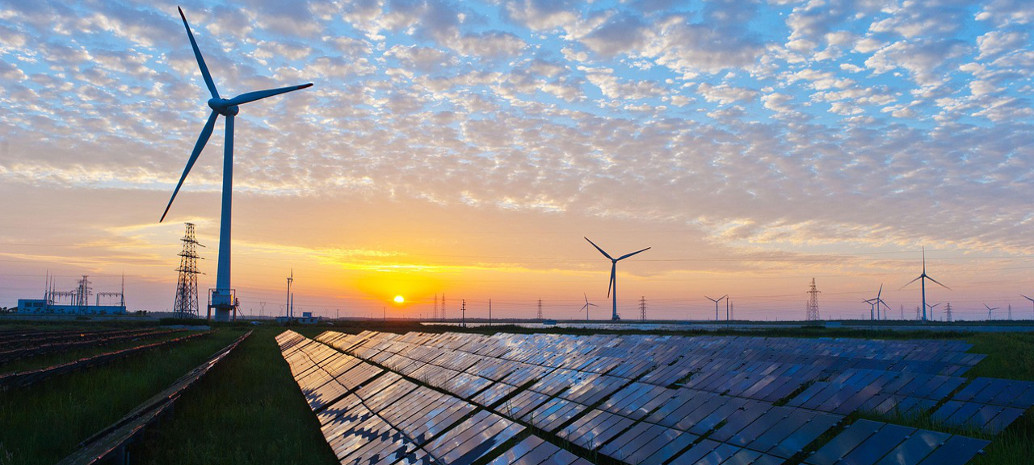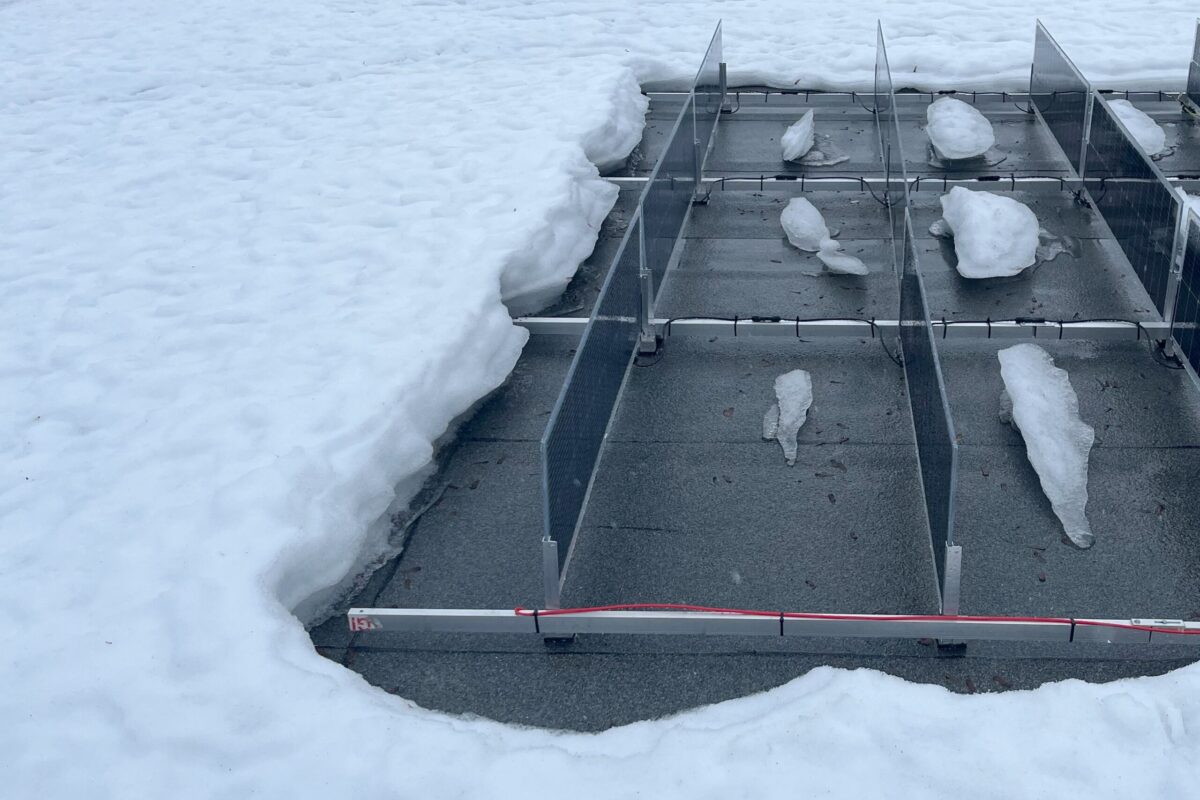From pv magazie USA
This has been a long time coming.
Xcel’s announcement that it would move to 100% carbon-free electricity by 2050 (including an 80% reduction in emissions by 2030, versus 2005 levels) sent waves of excitement through the energy world.
The announcement was loud but short on details. What is known at this time is that Xcel will apply this goal across the eight states where its subsidiary utilities operate. The power company has also stated that it “believes that its 2030 goal can be achieved affordably with renewable energy and other technologies currently available”, but feels differently about the 2050 goal:
However, achieving the long-term vision of zero-carbon electricity requires technologies that are not cost effective or commercially available today. That is why Xcel Energy is committed to ongoing work to develop advanced technologies while putting the necessary policies in place to achieve this transition.
pv magazine is currently waiting on a request for further details regarding the company’s 2030 plans. However it is notable that Xcel was already preparing to widely deploy wind, solar and batteries in some regions. In fact, under its Colorado Energy Plan the company expects to build and procure 525 MW-AC of solar, 225 MW of batteries and 1.1 GW of wind, and in the process bring Colorado to 55% renewables by 2026.
However, the company also owns two nuclear power plants in Minnesota, both of which are around 45 years old. These two plants may be why Xcel has framed its goals in terms of carbon reduction, and not portion of renewables. And as for the 2050 target, it is unknown what technologies Xcel is expecting. It could be waiting on cost reductions for hydrogen or other forms of long-term energy storage, or new, much-hyped nuclear technologies.
On its own terms
In looking at this announcement by Xcel, context is everything.
Xcel Energy operates in eight states including Colorado, whose incoming governor is one of five who is calling for 100% renewable energy for their states – in this case by 2040, not 2050. In addition to this, 18 members of congress have signed on to Sunrise Movement’s call for a Green New Deal including 100% renewable energy by 2030.
As such, while Xcel’s plans for 100% zero-carbon electricity are – in its words – “the most ambitious announced to date within the electric power industry”, they follow on MidAmerican already generating enough electricity from renewables to meet 100% of its customer’s demand on an annual basis earlier this year. Furthermore, this plan is a compromise with the more ambitious plans of a growing number of elected officials.
Above all, this is a move to transition on its own terms. Xcel, like many other large power companies, is increasingly fine with large-scale wind and solar, which are not a threat to its investments in transmission and distribution infrastructure. Distributed, customer owned and third-party owned solar is another matter, and like other utilities Xcel has a history of making moves to undermine rooftop solar.
Thus by making its own plan to decarbonize its fleet, Xcel is not only setting a more comfortable timeline than that called for by politicians, but is getting ahead of plans that could include a greater role for decentralized and customer-owned renewable energy.
As such, this author predicts that this will not be the last plan for full decarbonization that is issued by an investor-owned utility in the United States over the course of the next year – and that like Xcel’s, other future plans will both be less aggressive than the renewable energy targets being called for by politicians, and will dedicate a central role for large-scale renewables and not distributed generation.
This content is protected by copyright and may not be reused. If you want to cooperate with us and would like to reuse some of our content, please contact: editors@pv-magazine.com.



By submitting this form you agree to pv magazine using your data for the purposes of publishing your comment.
Your personal data will only be disclosed or otherwise transmitted to third parties for the purposes of spam filtering or if this is necessary for technical maintenance of the website. Any other transfer to third parties will not take place unless this is justified on the basis of applicable data protection regulations or if pv magazine is legally obliged to do so.
You may revoke this consent at any time with effect for the future, in which case your personal data will be deleted immediately. Otherwise, your data will be deleted if pv magazine has processed your request or the purpose of data storage is fulfilled.
Further information on data privacy can be found in our Data Protection Policy.